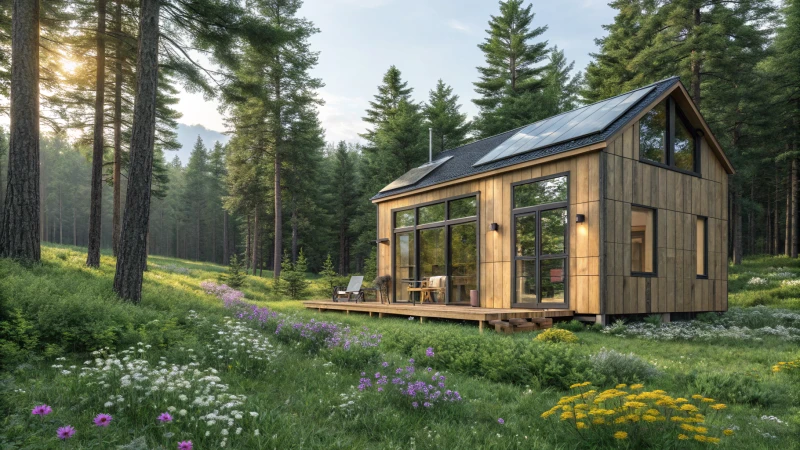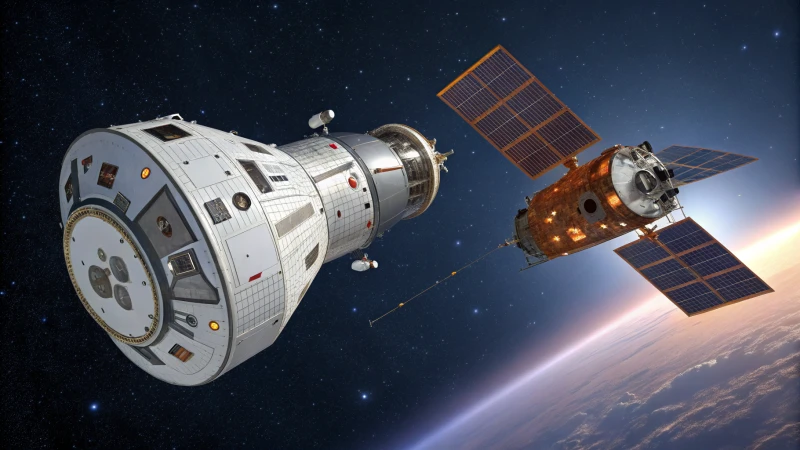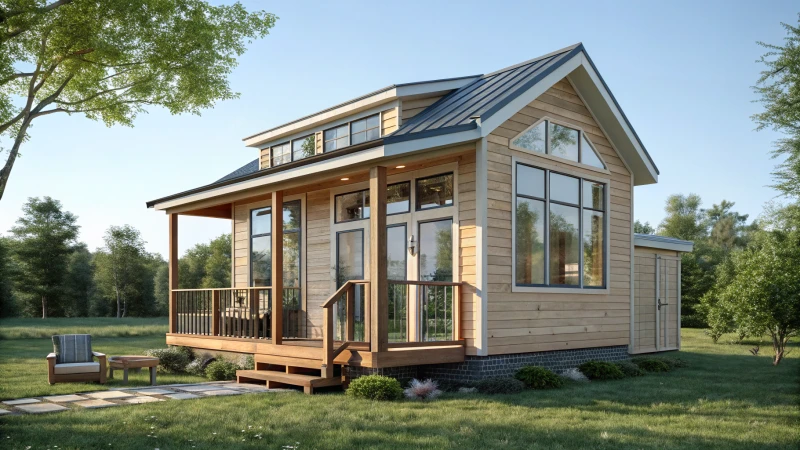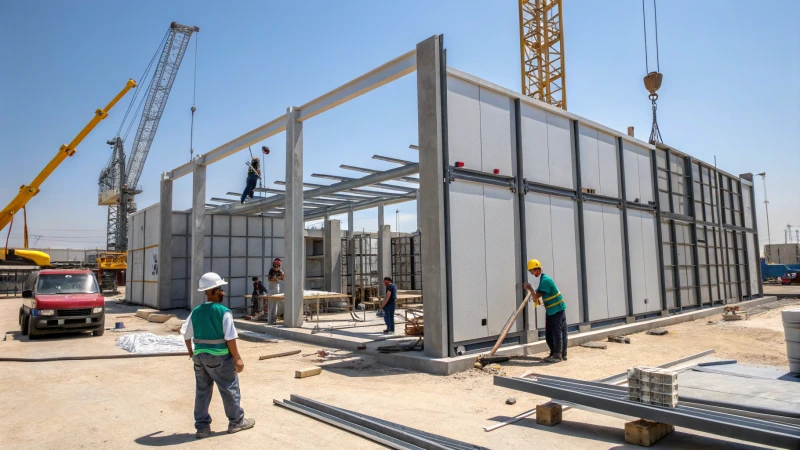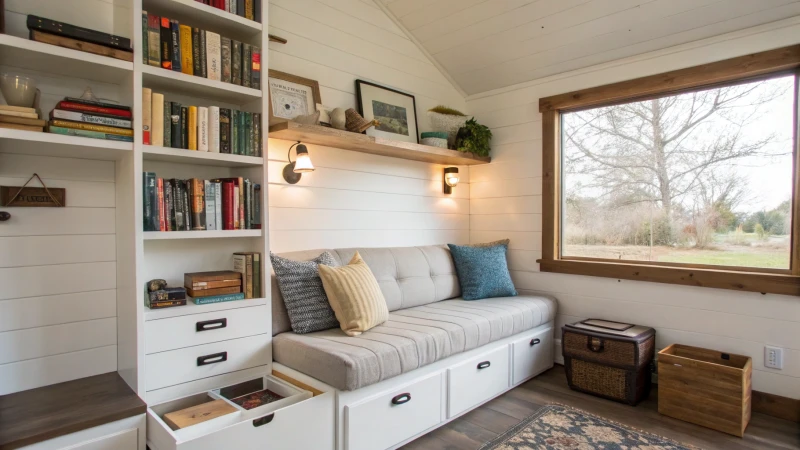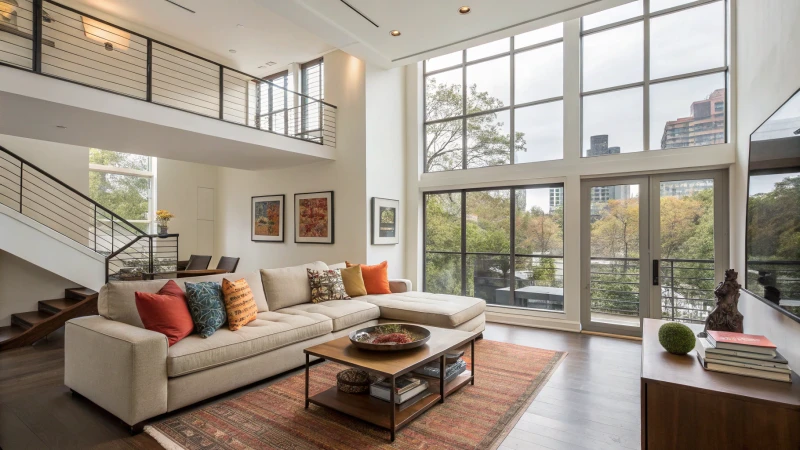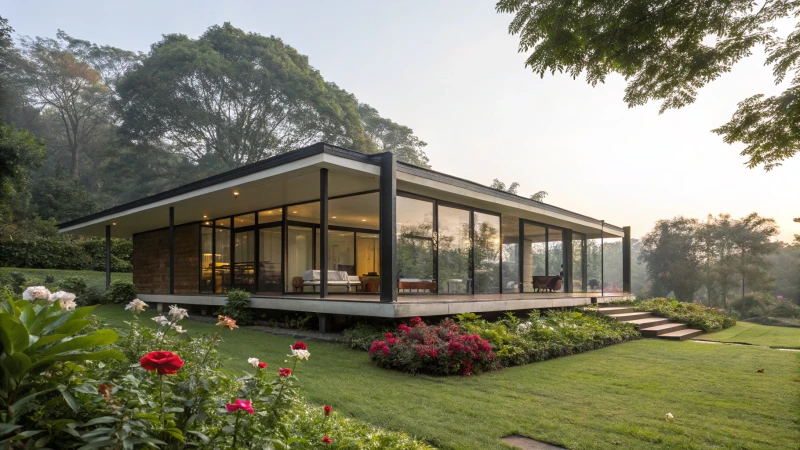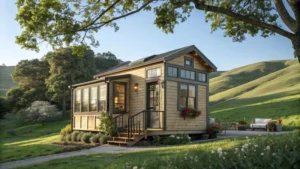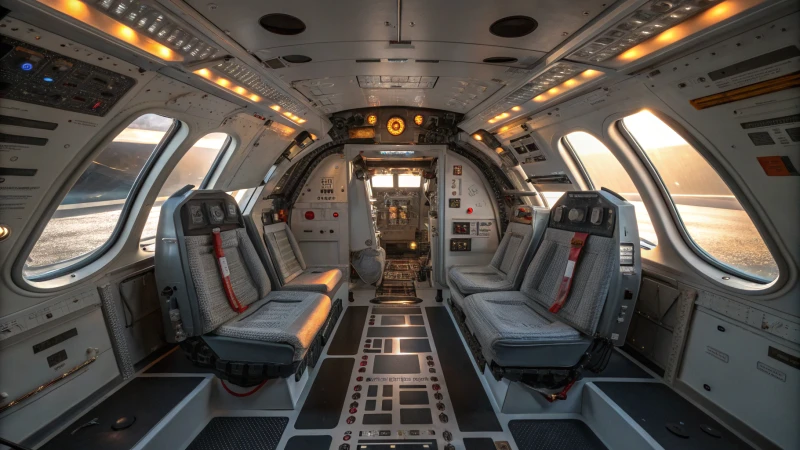
Is the Orion Space Capsule Spacious Enough for Long Missions?
The Orion Space Capsule is designed primarily for short missions, providing only 141 cubic feet of habitable space for up to four astronauts. This limited capacity poses challenges for long-term missions, as astronauts may experience confinement stress and physical discomfort. To ensure mission success during extended journeys, integrating supplemental habitat modules or docking with larger structures like the Lunar Gateway is essential. Advanced life support systems can sustain crew members for up to 21 days without resupply, but psychological well-being must also be addressed through innovative solutions such as virtual reality environments and flexible exercise equipment. Enhancing Orion’s capabilities will be crucial for future deep-space explorations, particularly those targeting Mars.


